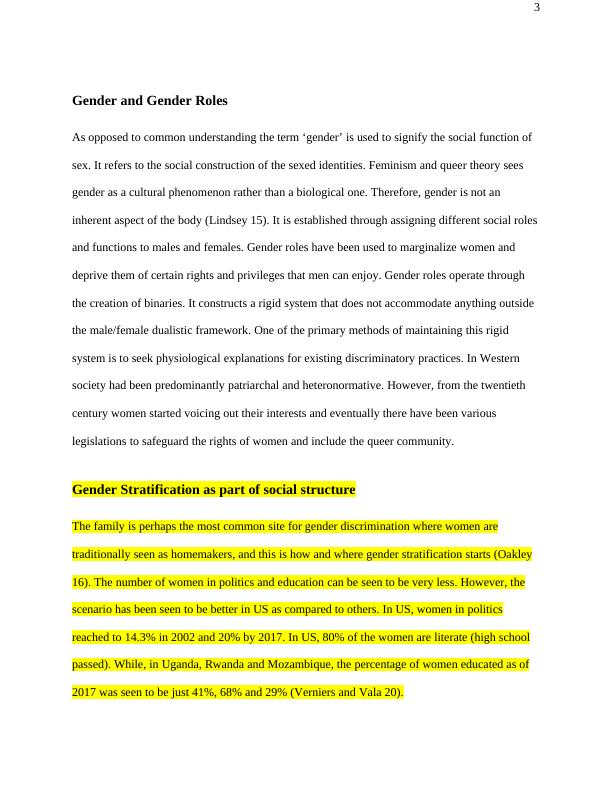Gender and Gender Discrimination in Workplace
Added on 2023-05-29
6 Pages847 Words329 Views
End of preview
Want to access all the pages? Upload your documents or become a member.
Gender Biasness in Society
|5
|973
|70
(Doc) Gender Biases in Society
|6
|1046
|35
Gender Diversity Assignment
|6
|1058
|48
Sociology Assignment | Gender Socialization
|7
|2194
|218
Gender Inequality At The Workplace
|4
|820
|32
Gender Discrimination in Workplace in UK
|9
|2827
|140



